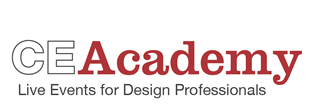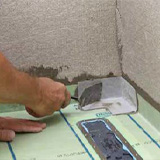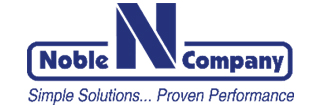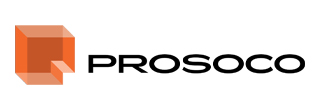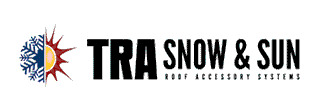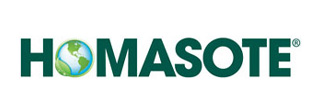JOIN US EACH AFTERNOON • FREE TO ATTEND! • ATTENDANCE REPORTED ON A PER-PRESENTATION BASIS
Web-Series for Northwest - Session One

Web-Series for Northwest - Session One
Event Dates
Wednesday, June 15
Available Credits
4 AIA HSW/LU CE Hour(s)
3 GBCI General Hour
Event Agenda
Wednesday, June 15, 2022
Wednesday, June 15, 2022 | 10:00 am Central
|
Sponsored By Noble Company 1 AIA HSW/LU CE Hour(s) 1 GBCI General Hour Learning Objectives:
|
Wednesday, June 15, 2022 | 11:00 am Central
|
Sponsored By PROSOCO 1 AIA HSW/LU CE Hour(s) 1 GBCI General Hour Learning Objectives:
|
Wednesday, June 15, 2022 | 1:00 pm Central
|
Sponsored By TRA Snow & Sun 1 AIA HSW/LU CE Hour(s) Learning Objectives:
|
Wednesday, June 15, 2022 | 2:00 pm Central
|
Sponsored By Homasote 1 AIA HSW/LU CE Hour(s) 1 GBCI General Hour Learning Objectives:
|
